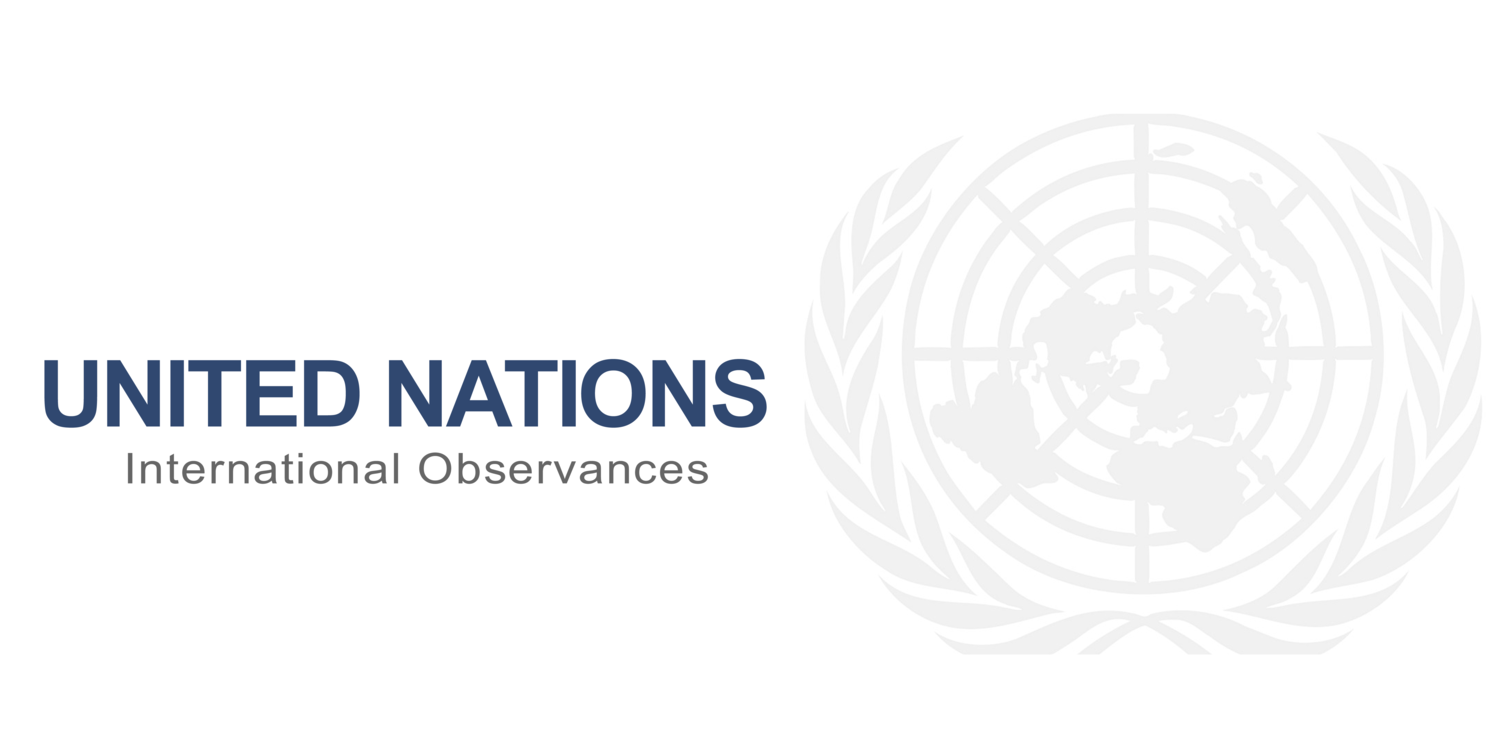PURPOSE: The United Nations General Assembly has designated 10 February as World Pulses Day to recognize the importance of pulse crops like chickpeas, dry beans and lentils as a global food. Pulses are the edible seeds of leguminous plants cultivated for both food and feed. Beans, chickpeas and peas are the most well known and commonly consumed types of pulses, but there are several more types of pulses from around the world, all with great benefits for food security, nutrition, health, climate change and biodiversity. The Day provides an opportunity to raise awareness about the nutritional benefits of pulses as part of sustainable food production with the aim of enhancing food security and nutrition.
FORUM: “Pulses: Bringing diversity to agrifood systems.“ World Pulses Day 2025. In 2025, the theme for World Pulses Day is: “Pulses: Bringing diversity to agrifood systems” while the slogan is: “Love pulses for a healthy diet and planet”. This year’s theme will underscore the vital role of pulses in promoting diversity – both above and below the ground. When we integrate pulses into our diets and agrifood systems, we unlock a more sustainable, nutritious and equitable future. Pulses bring diversity to our agrifood systems in multiple ways: on the farm, in our diets and through value-added products. They boost biodiversity on farms by enriching cropping systems with more species. With more than 100 types of pulses available, farmers have many options for crop rotations and/or intercropping. Consumers can enjoy pulses as part of healthy diets. They are an affordable, protein-rich food source (19–25 percent protein), packed with essential minerals, high in fibre, and low in fat. These edible seeds are highly versatile and can be processed into different products, such as flour for making bread and pasta, or even protein drinks. That means they provide a range of income opportunities. Follow the conversations with the hashtags: #WorldPulsesDay; #LovePulses; #10February.
EVENTS: The global celebration of World Pulses Day 2025.
On Monday, February 10th; from 10:00 am to 13:00 pm GMT-5 Peru time; The FAO Regional Office for Latin America and the Caribbean will organize a hybrid-event to mark the World Pulses Day 2025. The first session features the official opening of the World Pulses Day 2025 exhibition. Representatives from FAO and Peru’s Ministry of Agricultural Development and Irrigation (MIDAGRI) will inaugurate the event, followed by a tour of the exhibition. With the help of governments, the private sector, Members, partners and the general public, let’s celebrate, recognize and support the production and consumption of pulses as part of sustainable food systems and healthy diets. Register to participate to watch the webcast!
PUBLICATION: Confusion around the terms “legumes” and “pulses” has been a long-standing problem among consumers, health professionals, and researchers in the United States. The Food and Agricultural Organization defines pulses as legumes that are harvested solely as dry grain and include beans, peas, chickpeas, and lentils. For the first time ever, the 2020–2025 Dietary Guidelines for Americans recognized and used the terminology “pulses.” Red the full publication on Terminology matters: Advancing Science to Define an Optimal Pulse Intake.
PODCASTS : Pulses such as lentils, chickpeas and beans are often overlooked on the dinner table. But their true value as a cheap but healthy source of nutrition is now being acknowledged. With the help of nuclear techniques, improved varieties of pulses have been developed, and the role they play in improving soil quality enhanced. Listen to the audio-podcast!
CAMPAIGN MATERIALS: Get involved in this year’s advocacy campaign “Pulses: Bringing diversity to agrifood systems.“ The FAO works to facilitate the observance and support the production and consumption of pulses as part of sustainable food systems and healthy diets. Explore the World Pulses Day 2025 action toolkit, the posters and Get the communication materials!
WHY WE CELEBRATE IT?
Building on the success of the International Year of Pulses (IYP) in 2016 implemented by FAO and recognizing the potential of pulses to further achieve the 2030 Agenda for Sustainable Development, the United Nations General Assembly (UNGA) designated February 10th as World Pulses Day (WPD). The objectives of the Day is to raise awareness of the role of pulses in addressing food security challenges, to recognize the contribution of pulses to sustainable food systems and in achieving a healthy and balanced diet.
ACTIONS
Present pulses as an attractive and healthy food option by introducing recipes and teach to audiences how to cook, store, and use them.
Make food choices that improve both our health and that of our agrifood systems
Teach that the benefits of plant protein can help provide more varied menu options and encourage people to eat healthily.
Educate young people on the importance of adding pulses to their diets as means to promote healthy eating habits
Help food businesses, including vendors, restaurants and service companies to promote pulses to the public.
Invest in, develop and adapt processes that can transform agrifood systems to be more sustainable
Implement strategies, including effective trade policies that benefit smallholder farmers who produce pulses
Get involved in activities.
PARTNERS
The World Pulses Day is organized by the Food and Organization (FAO); World Food Programme (WFP), the Global Pulse Confederation the IFAD, CGIAR, USA Pulses; Pulses Australia; Agricultural and Processed food products export development authority of India. With the help of governments, the private sector, Members and partner organizations, the public and youth.
Make a donation.
Conservation agriculture aims to achieve sustainable and profitable agriculture and improved livelihoods of farmers. Let’s contribute in initiating cultivators in planting pulses; Help renovate a facility that will allow researchers and Pulses farmers to grow crops all year round.



